Are your store aisles looking cluttered and uninspired? This can confuse customers and drive them away. The right visual merchandising strategy is the key to creating a space that sells.
Visual merchandising is the art of displaying products to attract, engage, and motivate customers to buy. It combines store layout, color, lighting, and displays to create a compelling brand experience that ultimately boosts sales and builds loyalty. It’s about making your products look their best.
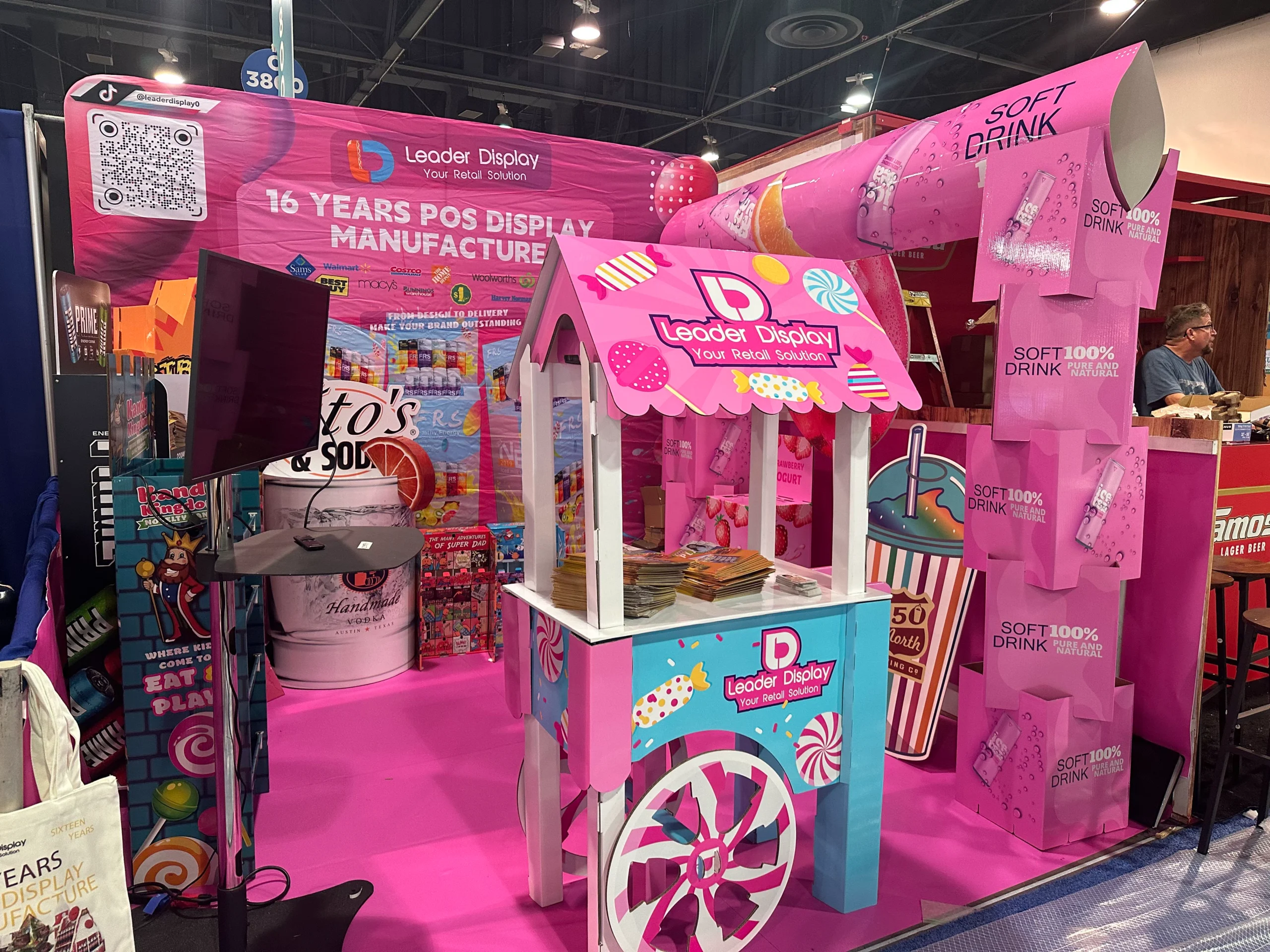
Visual merchandising is more than just making things look pretty. It's a strategic mix of art and science. It silently guides your customers through the store, tells your brand's story, and makes the shopping experience enjoyable and easy. When you get it right, customers not only buy more but also feel more connected to your brand. I've seen firsthand how a simple, well-designed cardboard display can transform a forgotten corner into a sales hotspot. Let’s dive deeper into the core principles that can help you master this essential retail skill and turn your store into a must-visit destination.
What are visual merchandising1 guidelines in a retail store?
Do your displays look inconsistent from one store to another? This lack of cohesion can confuse customers and weaken your brand identity2, making you look unprofessional.
Visual merchandising guidelines are a brand's rulebook for product presentation3. They ensure consistency across all locations by defining everything from color palettes4 and signage to fixture placement5 and product grouping6. These rules create a unified and recognizable brand experience for every customer.

In my 16 years of designing custom displays, I've learned that guidelines are the foundation of successful execution. Without them, even the best designs can fail when scaled across multiple stores. Think of it as a recipe. To get the same delicious cake every time, you need to follow the same instructions. These guidelines provide that consistency, ensuring the brand story is told correctly everywhere. For a designer like Peter, having clear guidelines from a client makes his job much easier and ensures his creative vision aligns perfectly with the brand's goals. It removes guesswork and helps production teams create effective displays efficiently. Here are the key components I always recommend including.
| Guideline Component | Description | Why It's Important |
|---|---|---|
| Brand Identity | Rules for using the logo, brand colors, and specific fonts. | Creates immediate brand recognition and a professional, cohesive look. |
| Store Layout & Flow | Directives on aisle width, fixture placement5, and creating a path for customers. | Guides customers through the store logically, maximizing exposure to products. |
| Product Presentation | Instructions on how to group items (e.g., by style, color, price) and display them. | Makes shopping easier for the customer and highlights key products or collections. |
| Signage & Graphics | Standards for the style, size, and placement of all in-store signs and posters. | Communicates promotions, pricing, and product information clearly and consistently. |
What are the 5 R's of merchandising7?
Do you have great products that just aren't selling? It often feels like a key piece of the retail puzzle is missing, leaving you frustrated with poor results.
The 5 R's of merchandising7 are a core retail strategy8: offering the Right Product, at the Right Price, at the Right Time, in the Right Place, and in the Right Quantity. Mastering this framework helps you meet customer demand perfectly and drive sales.

This framework sounds simple, but getting all five elements to work together is the secret to retail success. I see it every day in my work. A client can have the best product in the world, but if it's hidden in the back of the store or launched after the season has passed, it won't sell. Visual merchandising directly impacts the "Right Place" and "Right Time." For example, I often design seasonal Point of Purchase (POP)9 displays. These displays put a timely product (Right Time) in a high-traffic area like an endcap or near the checkout (Right Place). This simple move can dramatically increase sales by capturing the customer's attention when they are most ready to buy. Let's break down each 'R'.
1. The Right Product
Understanding your customer is key. You need to offer items they actually want and need. Market research and sales data10 are your best friends here.
2. The Right Place
This is where I come in. A product's location in the store determines its visibility. Eye-level is buy-level. Placing items in well-designed, strategically positioned displays, like at the end of an aisle, ensures they get seen.
3. The Right Time
Timing is everything. Selling Christmas decorations in January won’t work. You must align your product offerings with seasons, holidays, and current trends to match what customers are looking for right now.
4. The Right Price
Your price must reflect the product's value while being competitive. It needs to feel fair to the customer but still profitable for the business.
5. The Right Quantity
You need enough stock to meet demand but not so much that you're left with excess inventory. This requires careful forecasting and inventory management11.
How can you become a good visual merchandiser in retail?
Do you want to create stunning store displays that stop customers in their tracks? But maybe you feel stuck, not knowing where to start your journey to becoming a pro.
A good visual merchandiser successfully blends creativity with a sharp business mind. You need a great eye for design, a deep understanding of your customer, and the analytical skills to measure what works. Stay curious, organized, and be a clear communicator.
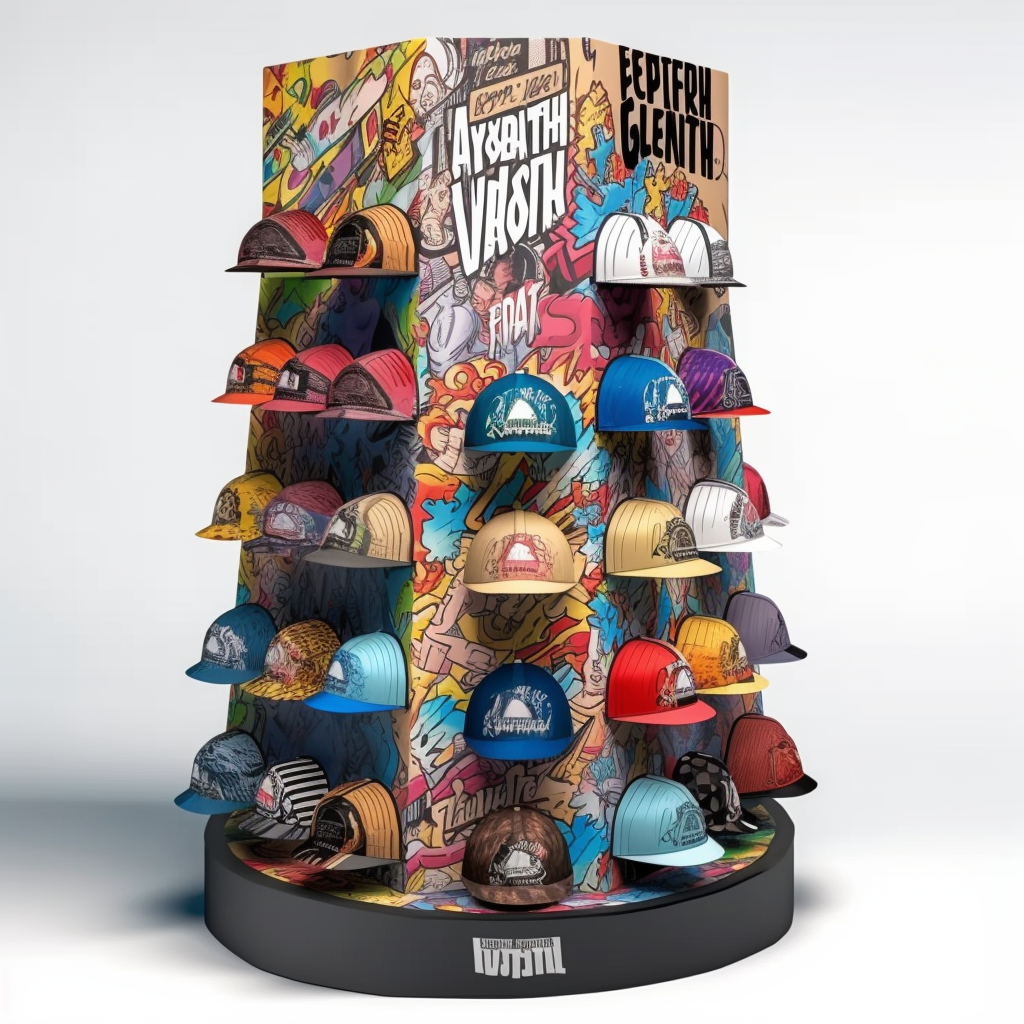
To truly excel, you need a diverse skill set. It's not just about having good taste; it's about using that taste to achieve specific business goals. I often collaborate with designers like Peter, and the best ones are those who can take a creative idea and make it practical. They understand the limitations of materials and budgets but can still produce something spectacular. For instance, a designer once came to me with a brilliant but complex idea for a tiered display. By working together, we simplified the structure to make it buildable and affordable using cardboard, without losing the original 'wow' factor. This combination of creativity and practicality is what separates a good merchandiser from a great one. Below are the key skills you need to develop.
| Skill | Why It's Essential | How to Develop It |
|---|---|---|
| Creativity & Design | To create visually appealing displays that tell a story. | Study design principles12 like color theory, balance, and composition. Visit other stores for inspiration. |
| Customer Empathy | To understand what will attract and appeal to your target audience. | Analyze customer data, create customer personas13, and observe shopping behaviors14 in-store. |
| Analytical Mindset | To track performance and make data-driven decisions. | Learn to read sales reports. Use A/B testing on displays to see what drives more sales. |
| Practical & Hands-On | To physically build and install displays effectively. | Get comfortable using tools. Learn about different materials and their properties. |
| Clear Communication | To explain your vision to store staff and management. | Practice presenting your ideas. Create clear mockups or sketches to illustrate your concept. |
What are the 4 P's of visual merchandising1?
Do your displays feel a bit flat and uninspiring? You might be missing a simple framework that can add strategy and storytelling to your creative process, making your work more effective.
The 4 P's of visual merchandising1 are a creative guide focusing on Product, Placement, Presentation, and POP (Point of Purchase). This model helps you strategically organize, locate, and style your merchandise to maximize its visual appeal and drive sales.

This framework is different from the 5 R's because it's less about logistics and more about the creative execution on the sales floor. As a display designer, the 4 P's are at the heart of what I do every day. When a client comes to me, we're not just creating a box; we're figuring out the best way to present their product. We discuss where the display will be placed for maximum impact and how it can tell a story. The final 'P', POP, is my specialty. A custom cardboard display is the ultimate POP tool. It’s a cost-effective salesperson that works 24/7, using graphics and structure to highlight a product and encourage those crucial impulse buys right at the finish line.
Product
This is the star of the show. You need to decide which items to feature. Should it be your bestseller, a new arrival, or a promotional item? The choice of product dictates the entire display's theme.
Placement
Where in the store will the display live? A window display has a different purpose than an endcap or a checkout counter display. Placement is about putting the product where the right customers will see it.
Presentation
This is the 'how'. How will you arrange the products? This involves using principles of design like grouping, color coordination, and creating a focal point. It's about creating a scene that draws the customer in.
POP (Point of Purchase)
This refers to all the materials that support the sale right where it happens. This includes signage, shelf talkers, and, most importantly, custom displays. A well-designed POP display grabs attention and gives the customer the final push they need to make a purchase.
Conclusion
Visual merchandising is a powerful tool. By using these principles and frameworks, you can create engaging stores that not only look fantastic but also guide customers and boost your sales.
-
Explore how visual merchandising can transform your retail space and enhance customer engagement. ↩ ↩ ↩
-
Discover how a strong brand identity can create recognition and loyalty among customers. ↩
-
Find out how to showcase products effectively to enhance customer experience and drive sales. ↩
-
Find out how color choices can influence customer emotions and purchasing decisions. ↩
-
Explore the importance of strategic fixture placement in maximizing product visibility. ↩ ↩
-
Learn how to group products strategically to enhance customer shopping experience. ↩
-
Delve into the 5 R's framework to optimize your merchandising strategy and meet customer demand. ↩ ↩
-
Discover strategies that can enhance your visual merchandising efforts and boost sales. ↩
-
Understand the significance of POP displays in driving impulse purchases and boosting sales. ↩
-
Explore how analyzing sales data can lead to better merchandising strategies. ↩
-
Learn how effective inventory management can prevent stockouts and excess inventory. ↩
-
Understand the fundamental design principles that can enhance your retail displays. ↩
-
Discover how creating customer personas can tailor your merchandising strategies effectively. ↩
-
Understand shopping behaviors to create displays that resonate with customers. ↩


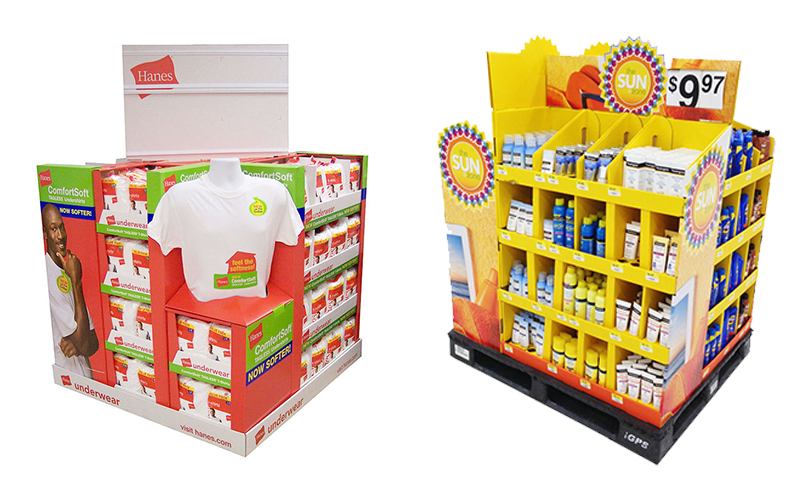
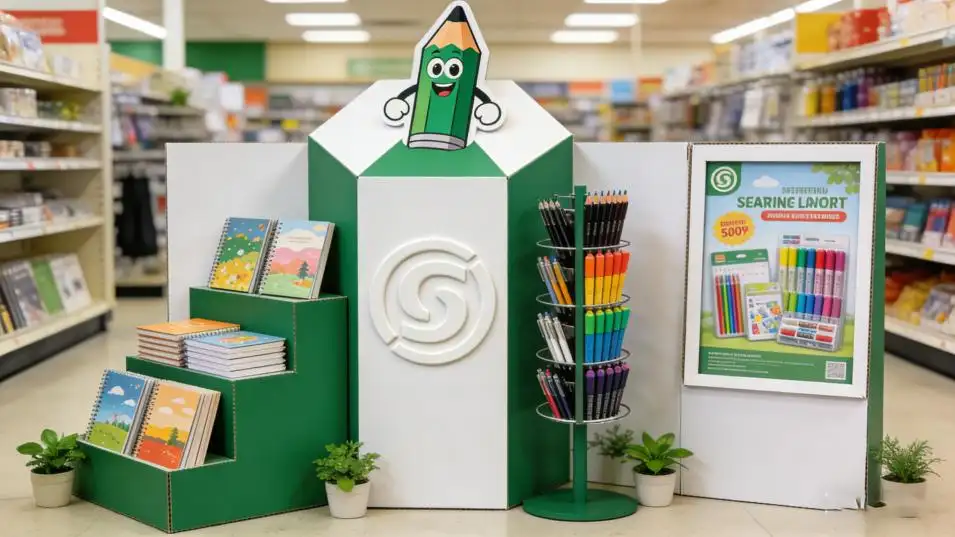

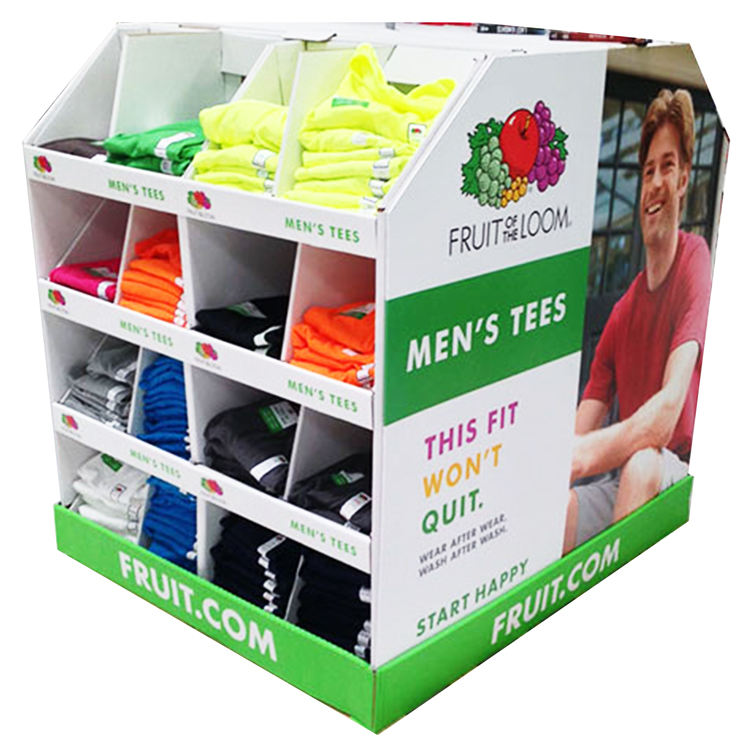
4 Responses